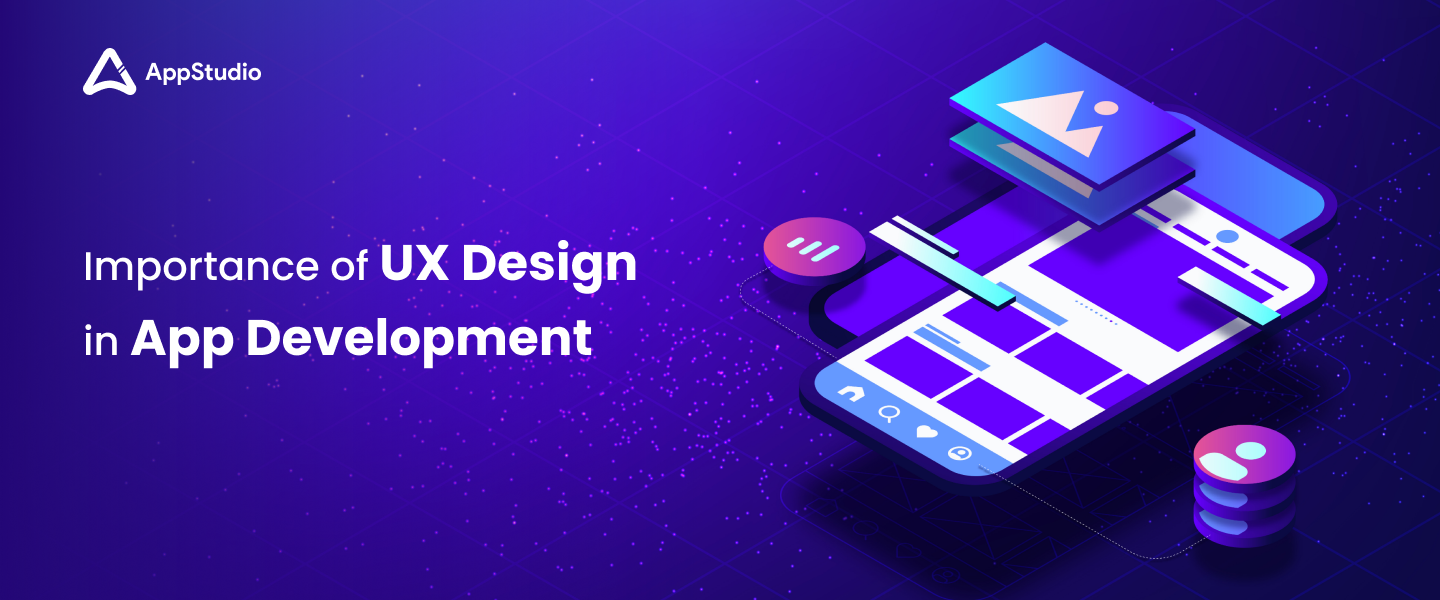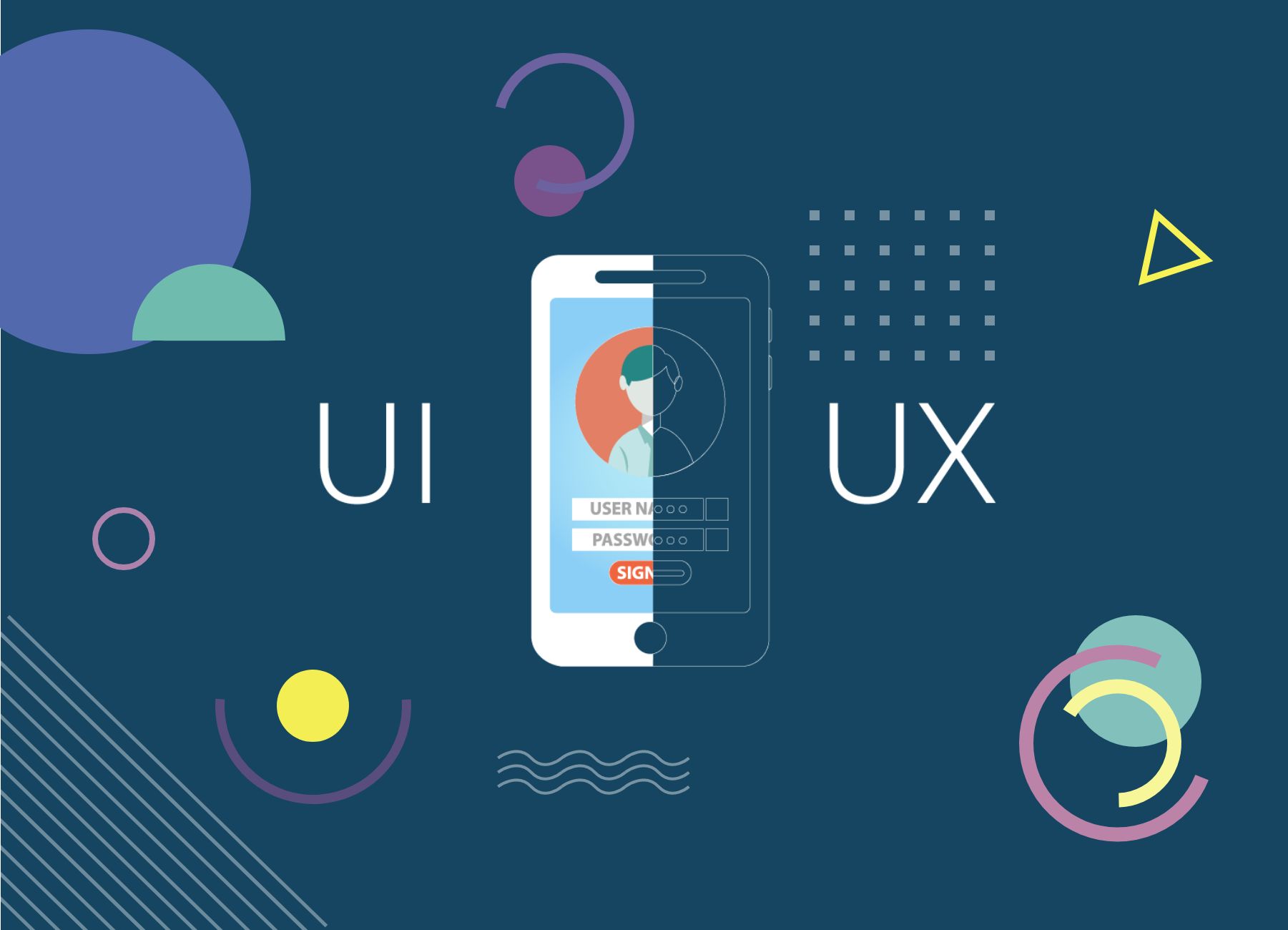Although the UX (User Experience) and UI (User Interface) have similar names they are completely different. While one refers to the user’s experience and feeling, the other is directed towards a more rational side of the navigation.
Web design plays an essential role in the success of any Digital Marketing strategy. The problem is that there is a lot of confusion about what design means or how it should be used in a company’s digital strategy.
It is not surprising that companies around the world, the size of Nike, CocaCola, Google, and Apple, worry so much about this aspect in their products and services.
The good news is that not only commerce giants can use the design in their favor. Your company can also (and should) do it. But how to use what you still don’t understand? Therefore, today we will explain two of the most important concepts you need to learn: UI and UX design.
If you already knew them and thought they were both the same, we will help you correct that confusion. And the tricky part, have you comprehended the UX Writing? Let’s dig in!
What is UX design?
The term UX comes from User Experience. It is basically how a person feels while using any digital product or service that your company offers. UX also has to do with the feeling of this person after using your product. That includes your experience with your website and blog, the online system or the application, even if your business is not 100% digital, it also applies.
What is the role of UX design in Digital Marketing?
Imagine the following example: when accessing your website, a potential customer wants to know how to get in touch with one of your vendors. He looks for a good time until he finds a link to the contact page, but the form is broken and he needs three attempts to complete the request for a quote.
Now, what kind of experience do you think this user had? During the search, you are probably frustrated, don’t you think? Probably when facing a problem on the form, you might have become angry or discouraged.
The truth is that in such a situation, most users would not even bother trying to log in three times, as in our example. In other words, good user experience can help generate more sales opportunities and close more businesses. On the other hand, a bad experience implies the opposite.
What is UI design?
The expression UI comes from User Interface. The idea of the UI is to guide the user through your application during the time he uses it. We will use the same example we just saw to facilitate the explanation.
At the time a person enters your website, there are some specific actions that you want them to take. Then, a good UI design work will allow you to guide users through the navigation and take them to take these actions naturally.
If the goal is for the person to request the contact of a seller, everything on the page (content, navigation menus, CTAs, images, etc.) must collaborate so that she feels this need.
What is the role of UI design in a digital strategy?
If your website does not address users the right way through the interface, they will hardly take the right actions. With that, this sales channel will fail in the business objectives.
Now, have you ever visited confusing websites that did not communicate the value proposition or that made it difficult to find the necessary information and what you were looking for? Well, then you’ve been in the presence of examples of a poorly crafted UI.
And a badly done UI costs a lot since the almost immediate reaction of the visitors will be to return to the search engine and change to another website that offers a better experience.
But, wait … a better experience? Is that not UX paper? Keep that in your mind because now we will tell you that the UI directly affects the UX since if your site navigation is bad, it is quite difficult to provide a good experience.
However, that does not mean that the two concepts are the same thing. To make it clear, let’s see below the clear differences between them.
3 fundamental differences between UI and UX design
There are some important differences between UI and UX that need to be considered to fully understand what each of them does. Go now 3 of the main ones.
1. UI only exists with a visual interface, UX does not
As the name itself says, UI has everything to do with the visual interfaces of your site or application. Without a screen, there is no UI. But we can’t say the same about UX, why?
Because, in many cases, the user’s feeling concerning the browsing experience has nothing to do with a screen.
It is capable of making this experience even more enjoyable if the designer manages to eliminate some stages in the process of using the product, which means fewer screens to interact.
2. UI directs the user, UX makes navigation worthwhile
We talked a little about that, but it is worth reinforcing that the role of the UI and UX design are essentially different, although they complement each other.
If on the one hand, the UI directs the user and what to do while using the site or application, the role of the UX is to make navigation enjoyable.
The UI allows navigation to be easy to understand and simple actions to take, however, not even the most pleasant site in the world will leave visitors satisfied if they do not have the information they expect and in the way, they want to consume them.
3. UI is about reason, UX is about emotion
What is the easiest way to navigate a site or application? There are good practices on that, it is a very rational process.
In the West, people normally read from top to bottom, from left to right, not counting the various existing systems, but what does this have to do with UI and UX?
Well, although both are directed to different sides, to evoke a positive reaction in the user (both with UI and UX) you have to take into account who your audience is, what is the context in which he uses your application and what do you want to find.
4 Benefits of using the UI and UX design together
You already perceived that both UI and UX have great value for the success of your digital strategy. Then, it is natural that you ask yourself: Which of the two should I use?
However, the answer is both. There is no reason to choose only one or think that there is somehow competition between them. As we talked, UI and UX complement each other.
Separately, each one can bring good results for your company, but only if you use the two together will you have the following benefits:
1. Generation of high value for the public
With both, a well-designed interface and deep knowledge about how your buyer person behaves, it is possible to generate much more value for your audience than if you only had one of the elements in your strategy.
Remember that generating value for your audience is never too much. In the end, although not all visitors are ready to take immediate action, they are likely to return if the work of the UI and the UX is well done.
2. High chances of retaining and enchanting users
Many sites and applications have as one of the main success metrics the time that users have been on the website. This indicator is used when engagement is important for the success of the project.
If this is your situation, there is nothing more valuable than the union of a good interface with positive user experience.
This couple is responsible for the retention and enchantment of the users, which generates traffic and more engagement that comes from recommendations.
3. Strengthening the brand
Brands that care about the complete experience that customers have in their digital channels achieve a stronger relationship with users.
In the digital world, everything is shared, which involves the joys and frustrations of people with their favorite brands.
So, one way or another, people will comment on your brand. The quality of the work of UI and UX is what determines whether that will be good or bad news for you.
4. Increase in conversions
At the end of all, nothing is more important than conversions in a digital strategy. That is why any company invests in Digital Marketing and strives to design the interfaces, as well as the complete experience, is what guarantees the return on this investment.
It is best that after seeing positive results, it is possible to continue optimizing efforts and achieve even greater goals regularly.
Writing in the UX design process
The role of the content strategist in the design process begins even before creating wireframes. Designers are aware that, to develop even more usable interfaces, content development cannot be left to the last moment.
An application or website is a conversation with a user, so the content must come first, not design. This is where UX Writing or user-based writing is born.
We start from the fact that it is not always clear what the work of an editor or content manager implies, therefore, UX or UX Writers write content according to the needs of buyer people.
Before designing the experience flow or screen layout, the story to be told must be defined.
Therefore, the ideal is that the editors or UX Writers participate from the beginning, working hand in hand with the designers and developers, to delimit the stories that they want to transmit with the product. But, in a real scenario, this does not happen and the optimized content is included at the end … Big mistake!
The role of the UX writer in the design
In general, the main focus of a content marketing strategy should be linked to the development of the research of the buyer persona, and knowing it, will be supported by the work of the UX Writers. But what is the work of a UX Writer?
Copywriting
It will create the focus of the personality and vitality of a product. It establishes the tone of communication in which a brand is expressed to generate empathy and capture the attention of users.
Microcopy
It is the main text of any interface. It is important for two reasons: first, it helps the user understand the context of an interface; the second, makes visible the great differences in the number of visits and conversions.
Further:
- The writers of UX choose words that facilitate people’s experience.
- We are experts in language, grammar, voice, and tone, but UX writing is more than that. The wording we make for the products we build are part of what builds trust in customers.
- We understand the needs through qualitative and quantitative research of the buyer persona. How do we face the problem? Writing useful content that solves pain points.
- UX writers should not work alone. The product team must be integrated into research, design, and engineering (developer) to ensure that the experiences we believe are reliable, manageable and successful.
In conclusion
Now that you know the UI and UX designs, you know that they are intimately connected, but they are not the same thing. Keep in mind that the secret is to use the two together to strengthen your digital strategy.
In the end, if your audience had an excellent experience, you will probably have more conversions.






